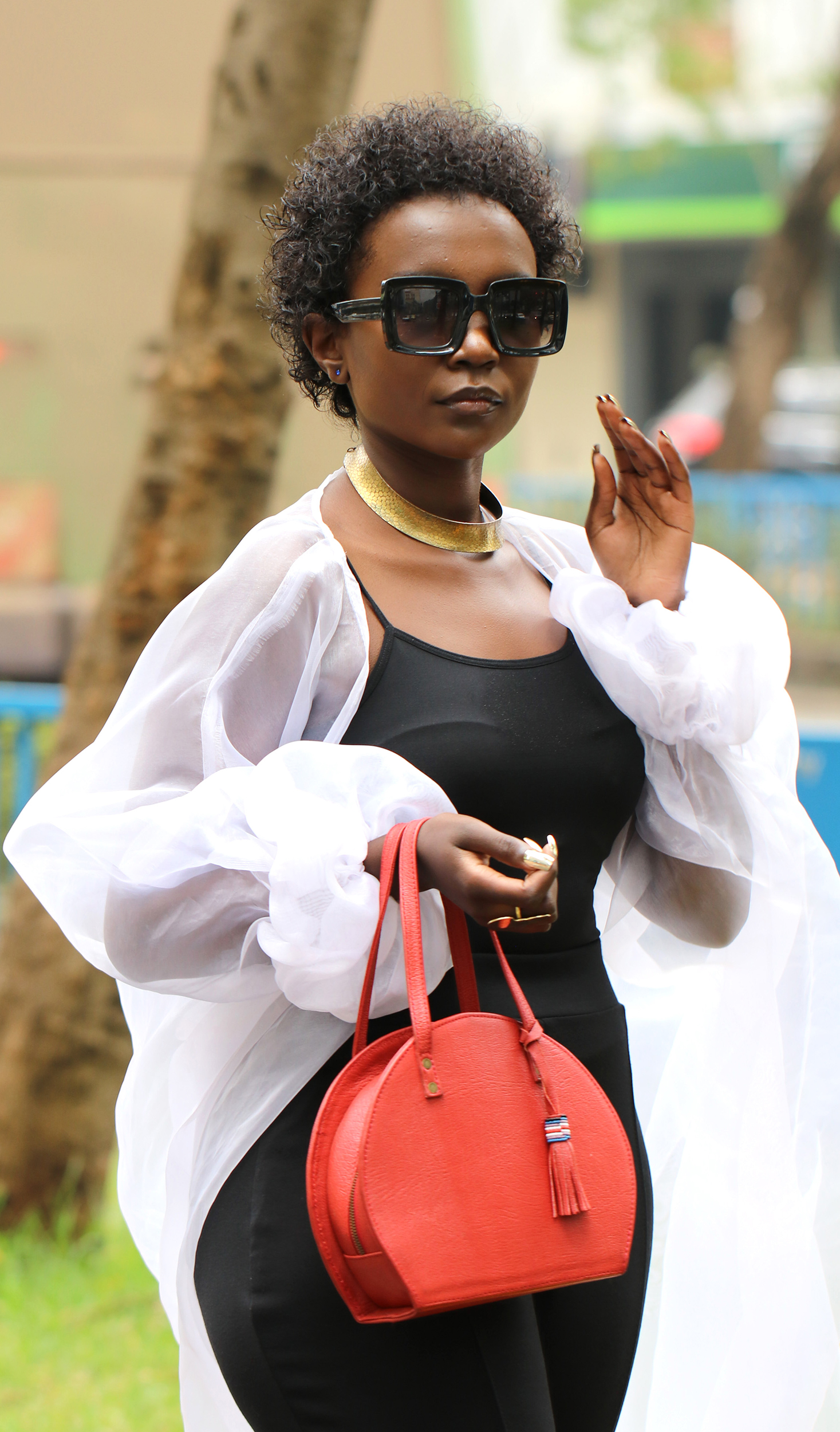SSLIE COUNTRIES
OVERVIEW OF KENYA’S LEATHER INDUSTRY
Kenya is the largest economy in East Africa with a Gross Domestic Product (GDP) of $87.9 billion according to the World Bank 2018 (World Bank, 2018) [1]). The country’s Leather industry plays a very important role in the Kenyan economy and is identified as a priority sector in Kenya’s Big 4 Agenda for the period up to 2022 under the manufacturing pillar (GoK, 2017[2]). The leather sector contributes about 4% of agricultural GDP & 1.5% of overall GDP and occupies a prominent place in the economy in view of its substantial contribution to exports, its potential to propel Kenya’s industrialization agenda by the year 2030, and to create employment.
Kenya as a country hosts the 3rd largest livestock populations in Africa (ITC, 2018[3]) providing a strong raw material base for the local leather industry. According to the Kenya National Bureau of Statistics the national livestock population is estimated at 18.8 million cattle, 26.7 million goats, 18.9 million sheep and 3.2 million camels, 1.9 million donkeys (KNBS, 2019[4]). The Food Agriculture Organization estimates that Kenya in 2012 produced approximately 3 million hides, 4.3 million goatskins, and 2.9 million sheepskins, respectively accounting 10.67 % of Africa’s total cattle hides production, 4.94% of goat skins & 3.75% of sheep & lamp skin (FAO, 2012[5]). In the recent years trade in hides and skins in Kenya has witnessed an upward trend in production signifying huge availability of raw material and potential for developing value-added downstream industry.
Kenya’s share of the approximately US$120 billion global markets for leather is estimated at US$ 140 million with great potential for growth, if exports of raw and semi-processed hides and skins, that constitute over 95% of exports was converted into leather products. Further processing of the skins and hides, could create at least 50,000 jobs and to generate $150-250 million (Sh15-25 billion) in GDP (ITC, 2018[6]).
Local demand for leather products exceeds supply providing an opportunity for investors to tap into this need. The industry’s production is only able to meet approximately 40 per cent of the domestic demand having supplied just 8.1 million pairs of shoes out of the 40 million pairs demanded by the market in 2017. This demand is projected to grow to 46.8 million pairs by 2021, signaling great opportunity in value addition.
Among government plans to boost the sector and attract investors include putting up a 500 acre Ngozi Kenya leather park in Machakos that will house the various players in the country’s leather sector in a central location see numerous extended benefits to business in an effort to encourage growth in the industry. The leather park is designed to host up to forty large scale industries ranging from footwear producers, tanneries as well as packaging and logistics companies. The park will also house a SME park with export processing zone benefits of trade and taxation as the government hopes to attract local businesses including micro enterprises in the industry.
The Ngozi Kenya leather park is a dream come true for players in the industry who have had to deal with shortage in raw materials, high taxes, distant supporting industries, lack of labor etc. The park will then help solve the three major constraints to production of leather include: high cost of domestically sold leather and leather inputs, high cost of labor and high cost of electricity that make Kenyan products uncompetitive
[1] World Bank Group. (2018). Kenya economic update. In Search of Fiscal Space – Government Spending and Taxation: Who Benefits?
[2] Government of the Republic of Kenya, The President’s Delivery Unit. (2017). The Big Four – Immediate priorities and actions.
[3] International Trade Center. (2018). Leather Value Chain Investment Profile – Kenya.
[4] Government of the Republic of Kenya, Kenya National Bureau of Statistics. (2019). 2019 Kenya population and housing census. Volume IV: Distribution of population by socio-economic characteristics.
[5] Food and Agriculture Organization for the United Nations. (2017). Africa Sustainable Livestock 2050. Country Brief – Kenya.
[6] International Trade Center. (2018). Leather Value Chain Investment Profile – Kenya.




Participating countries

